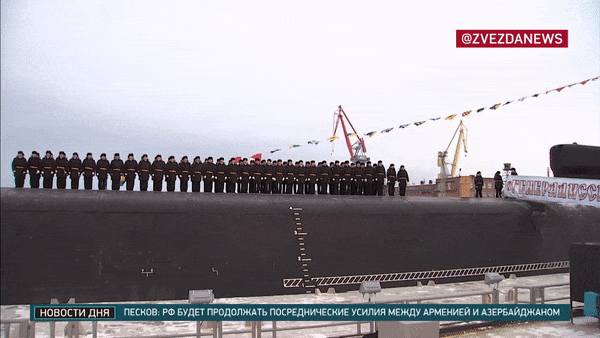
At the end of July, the Russian Navy officially received the Borei-A class strategic submarine named Knyaz Pozharsky, in a solemn ceremony with the presence of President Vladimir Putin.

This is the eighth submarine of the Borei series and the fifth of the improved Borei-A variant - the nuclear submarine series considered the most powerful in the world today.
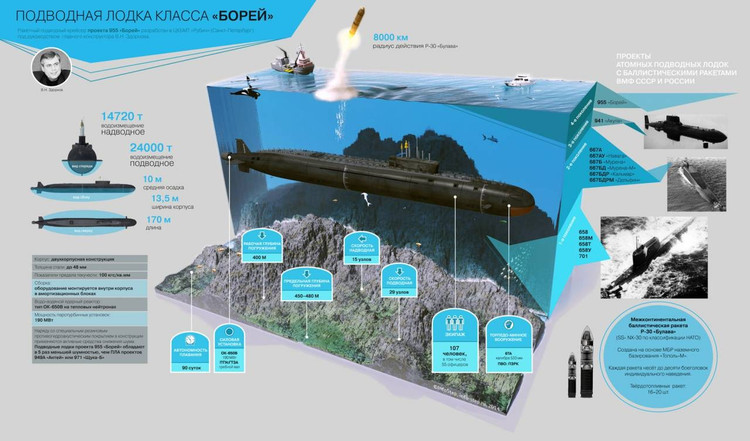
With a displacement of up to 24,000 tons and the ability to carry 16 RSM-56 Bulava intercontinental ballistic missiles, each carrying up to 10 nuclear warheads that can attack independent targets, Pozharsky can launch up to 160 nuclear warheads in just one strike.
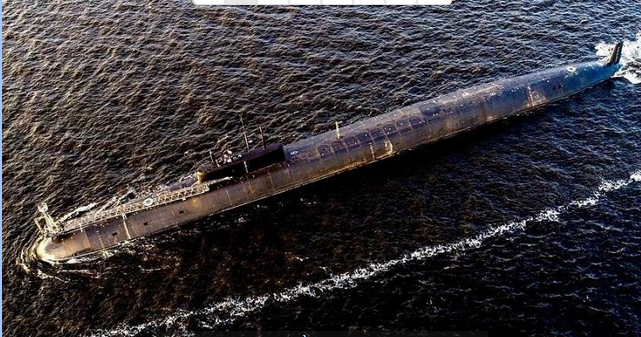
The Borei-A series is not only the mainstay of Russia's 21st-century strategic deterrence capabilities, but is also seen as a quantum leap over Soviet-era nuclear submarines.
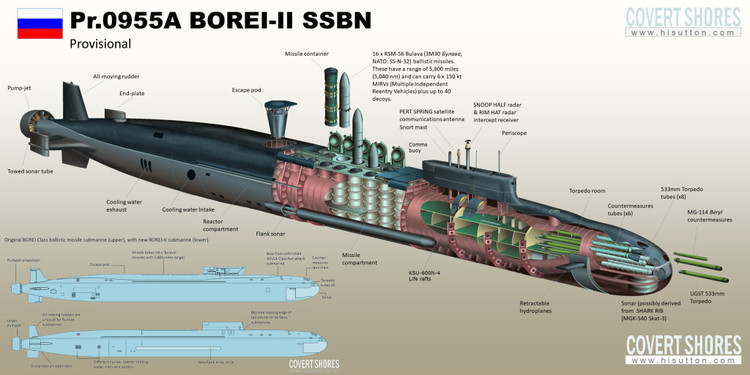
The difference lies in its upgraded stealth capabilities, improved control technology and durability in harsh environments such as the Arctic. Despite carrying planet-sized destructive weapons, the Borei-A is virtually "invisible" to the most modern Western sonar systems - a vital advantage in Moscow's second-tier nuclear deterrence strategy.

The first Borei-A version entered service in late May 2020, replacing the original Borei variant, which carried only 12 missiles. Since then, the Russian Navy has continuously upgraded its production program and expanded the size of its fleet.
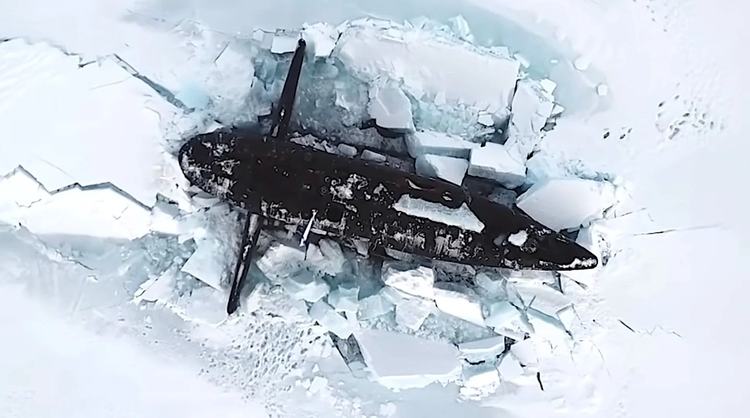
Initially, only 10 ships were planned to be built, but from 2021, Russian defense industry leaders have confirmed that the number will increase to 14, of which 8 have been completed and 3 others are under construction.

Knyaz Pozharsky is the seventh ship to be commissioned, playing a central role in the production chain of this strategic submarine line. Borei-A class submarines will operate in Russia's strategic fleets, including the Northern Fleet and the Pacific Fleet.
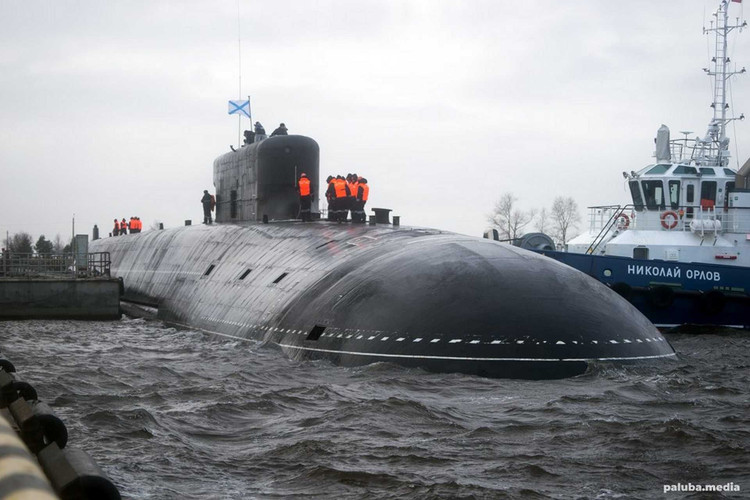
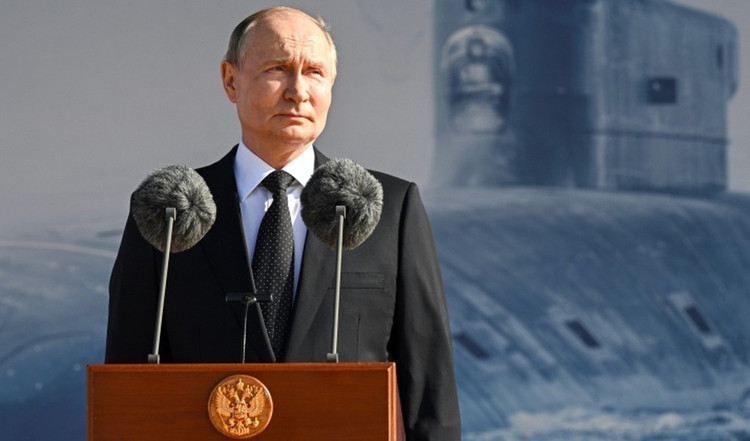
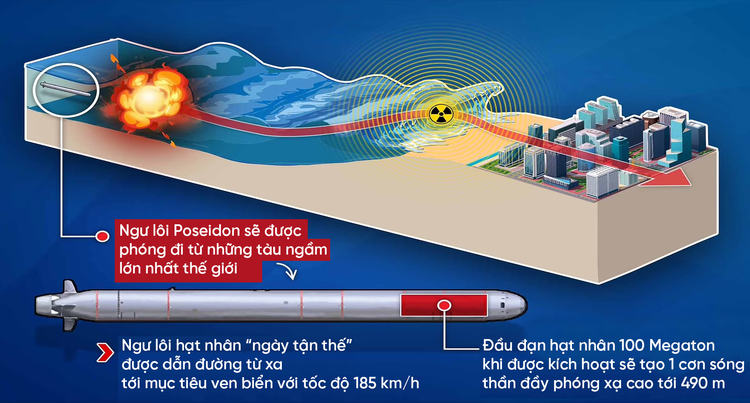
In addition to the Borei-A, Moscow is also preparing to put into service the first nuclear submarines capable of launching Poseidon torpedoes - a long-range, self-propelled nuclear weapon capable of detonating underwater. With the ability to penetrate any defense system thanks to its high speed and unlimited autonomy, Poseidon is considered a true "doomsday weapon", threatening to destroy an entire port cluster or coastal area with just one shot.
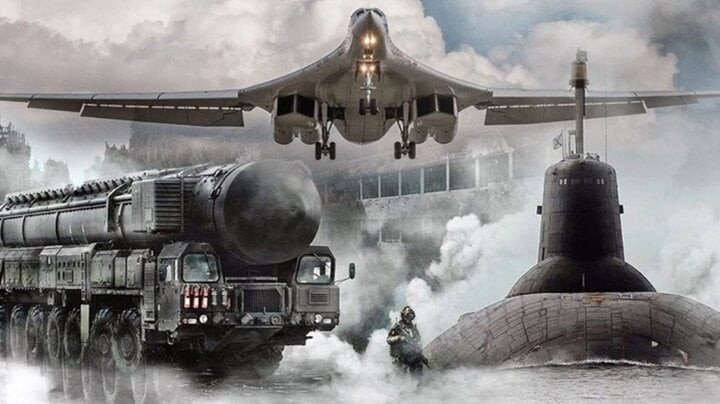
Russia’s strategy of investing heavily in its strategic nuclear forces is becoming clearer than ever. While many branches of the conventional armed forces remain under-equipped due to the legacy of the post-Soviet era, the strategic submarine sector and nuclear weapons programs continue to receive top priority funding.
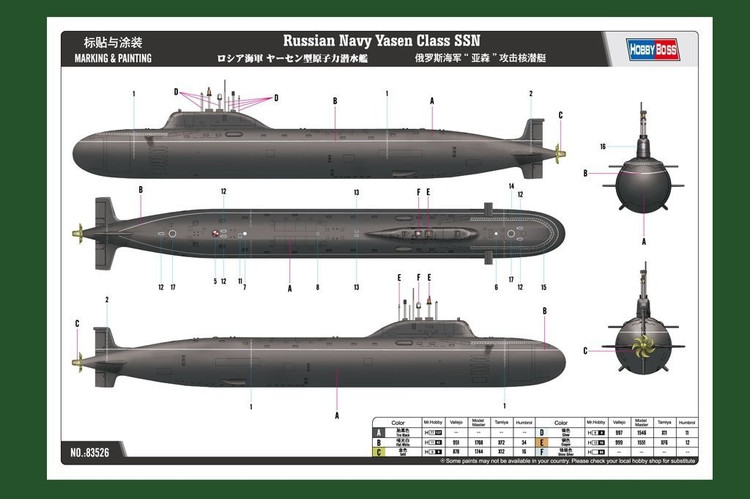
In particular, nuclear attack ship classes such as the Yasen class are being accelerated in production due to their high flexibility and ability to play the role of "trump card" in asymmetric conflict situations with the West.
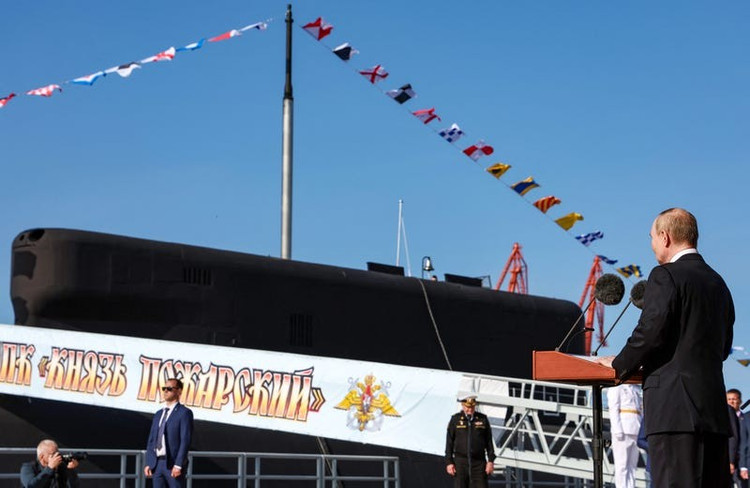
The official entry into operation of Knyaz Pozharsky is not simply a military event, but an affirmation from Moscow of its determination to maintain its position as a nuclear superpower despite pressure from NATO.
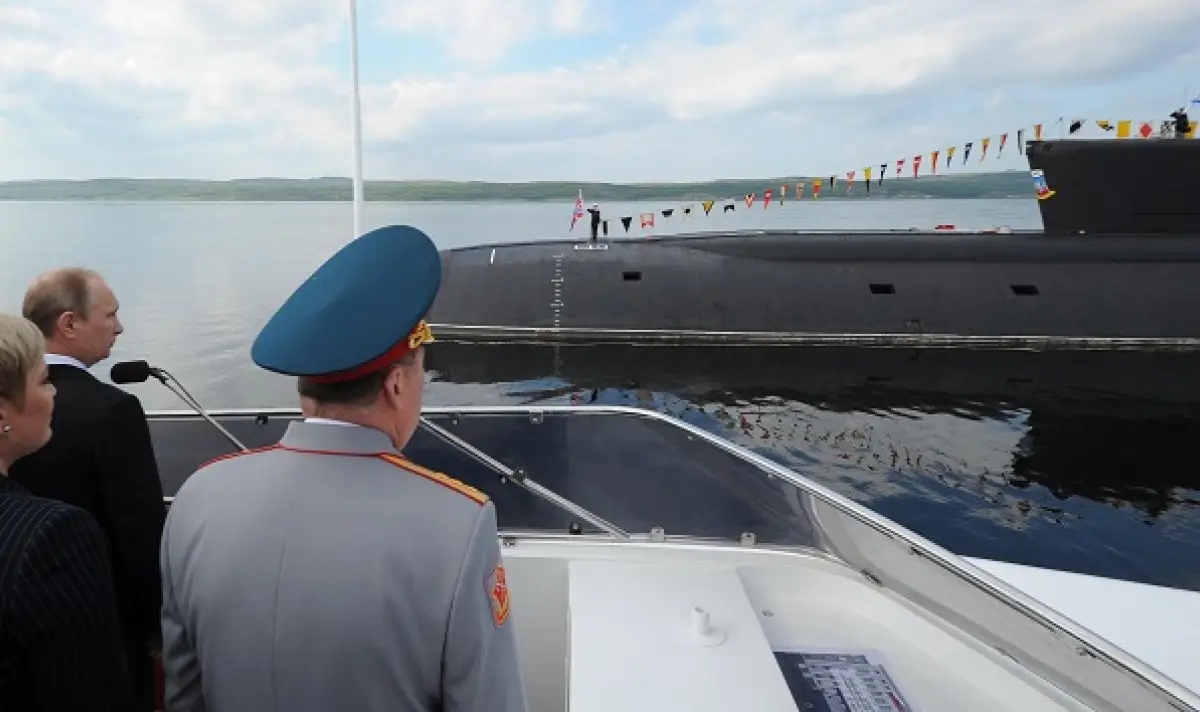
In the context of increasing hypersonic weapons testing, expanding the deployment of long-range missiles in Eastern Europe, or promoting "space defense" programs, Russia is choosing the ocean as a place to demonstrate capabilities that no country dares to take lightly.
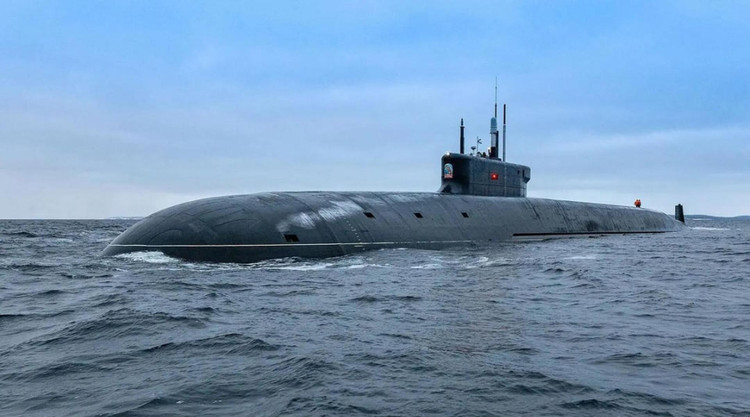
The Borei-A class submarines, with their modern design, devastating weapons and high survivability, are gradually becoming the "backbone" of Russia's 21st century strategic deterrence doctrine. And when the first Poseidon is equipped on the new generation submarine, the global nuclear balance will once again be put into a dilemma.
Source: https://khoahocdoisong.vn/tau-ngam-borei-a-knyaz-pozharsky-mang-160-dau-dan-hat-nhan-ra-khoi-post2149045145.html

























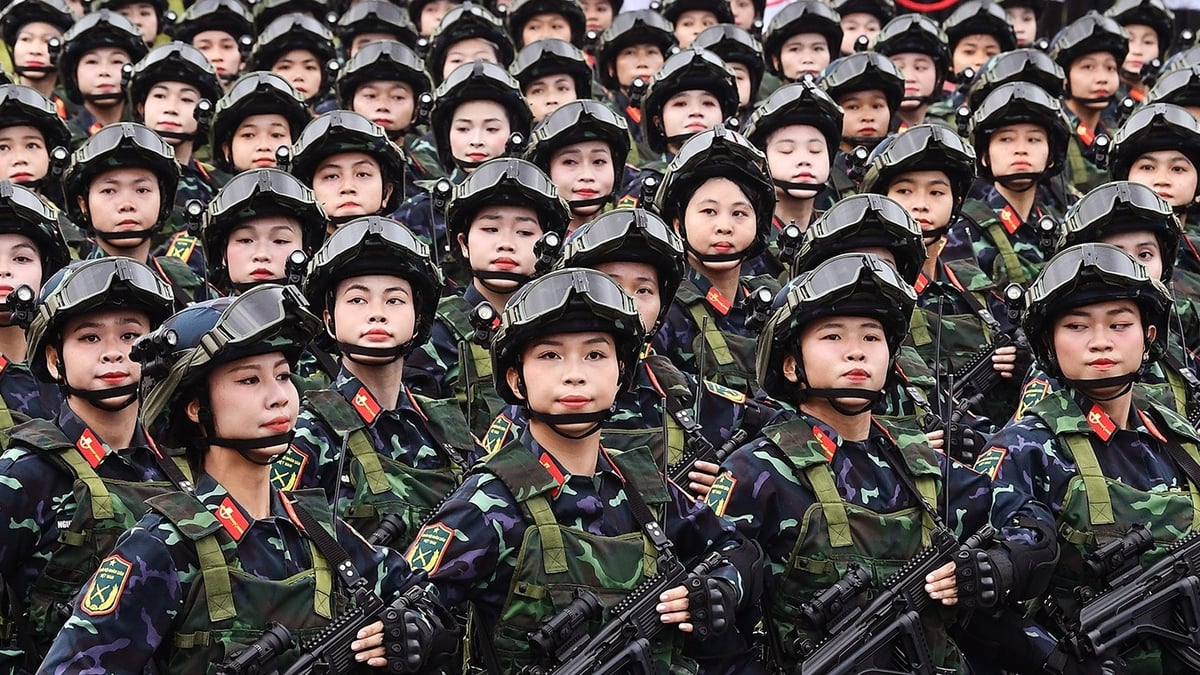

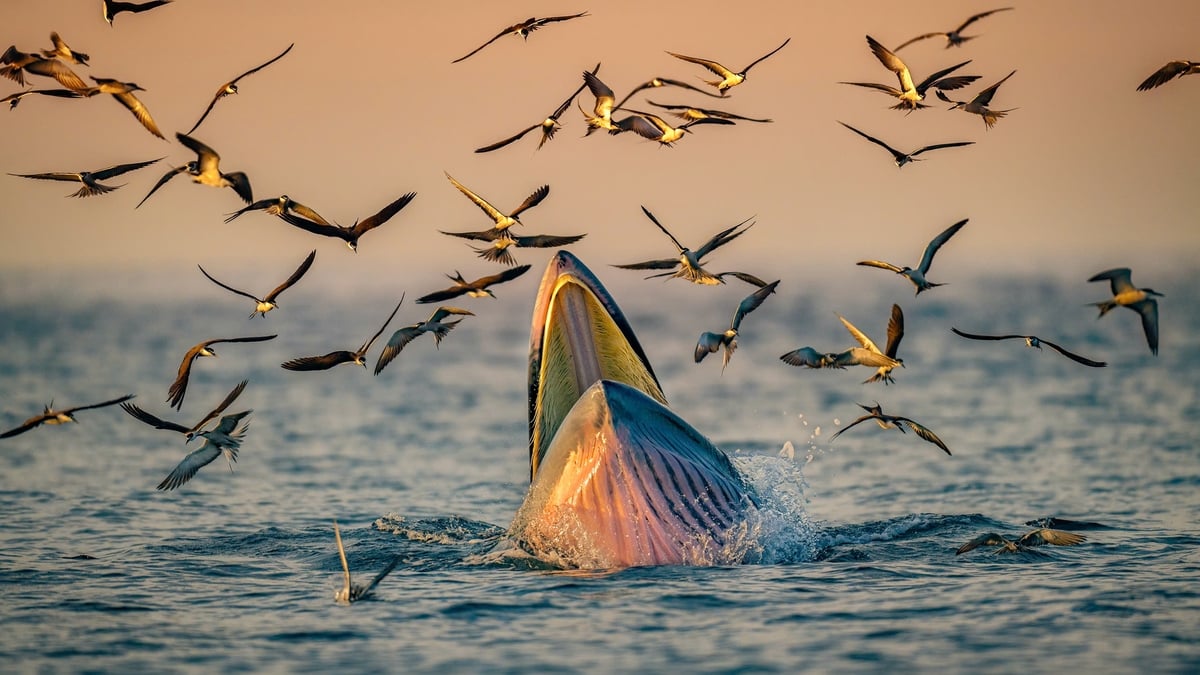

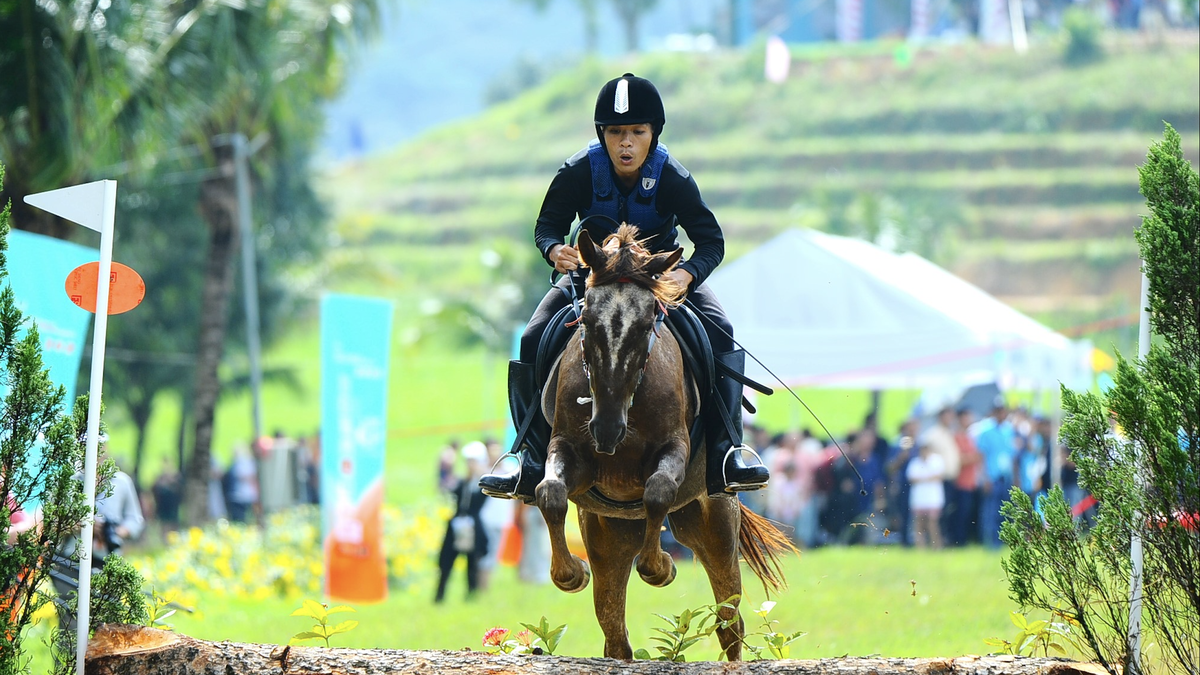
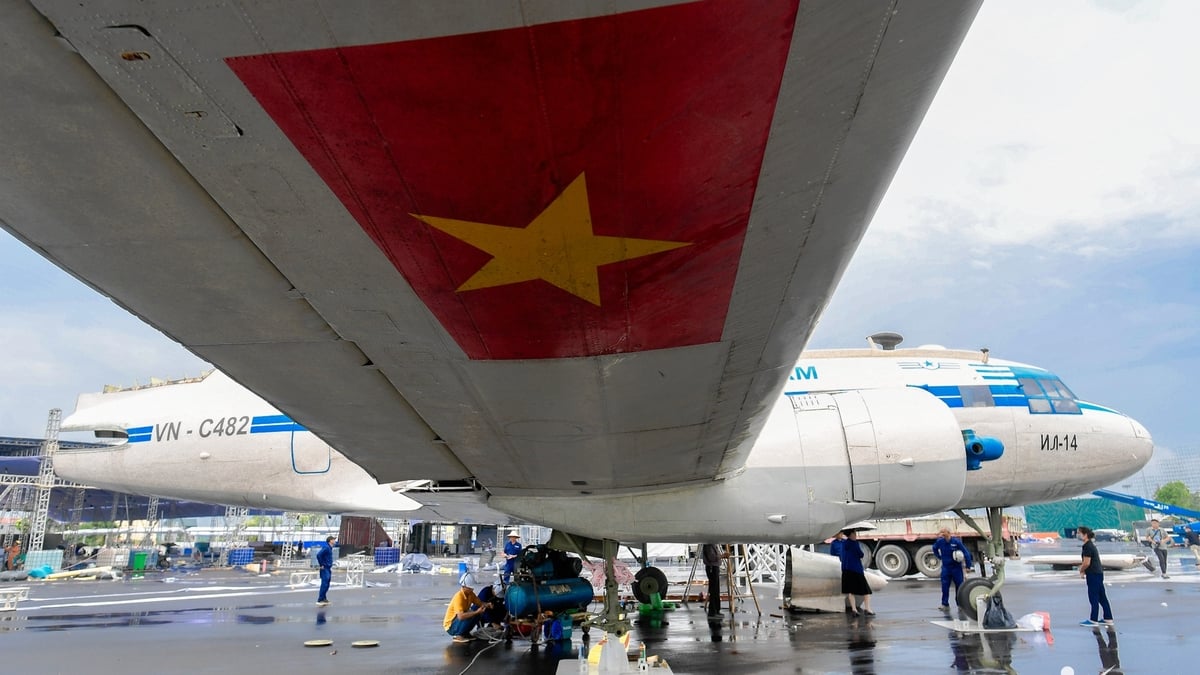
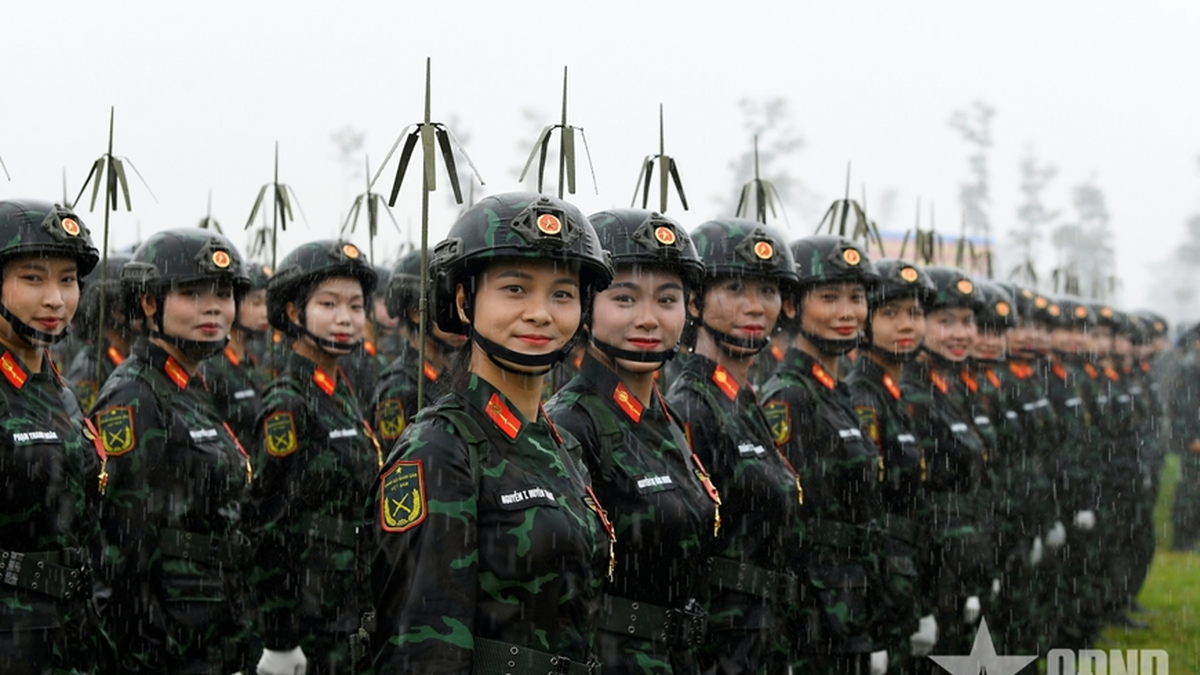
























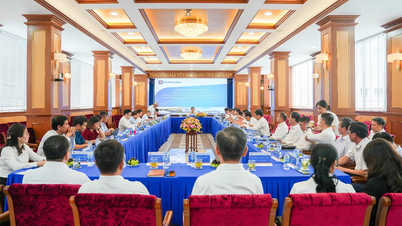



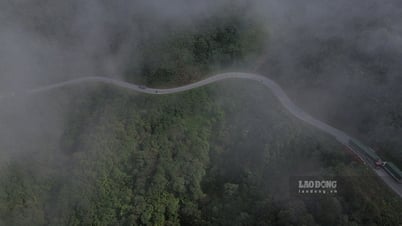


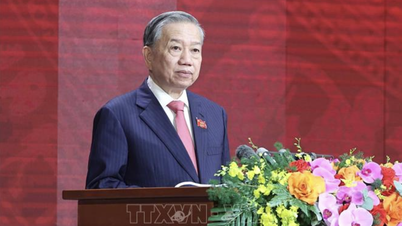



![[Photo] Party and State leaders visit President Ho Chi Minh's Mausoleum and offer incense to commemorate Heroes and Martyrs](https://vphoto.vietnam.vn/thumb/402x226/vietnam/resource/IMAGE/2025/8/17/ca4f4b61522f4945b3715b12ee1ac46c)


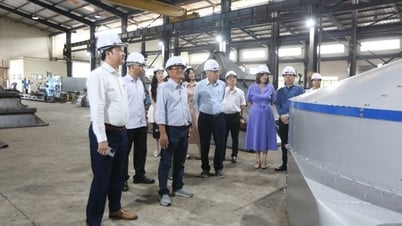




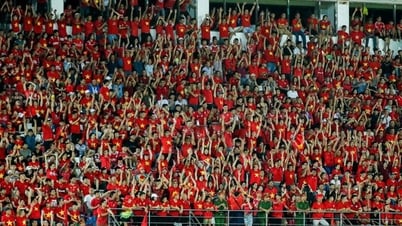






















Comment (0)